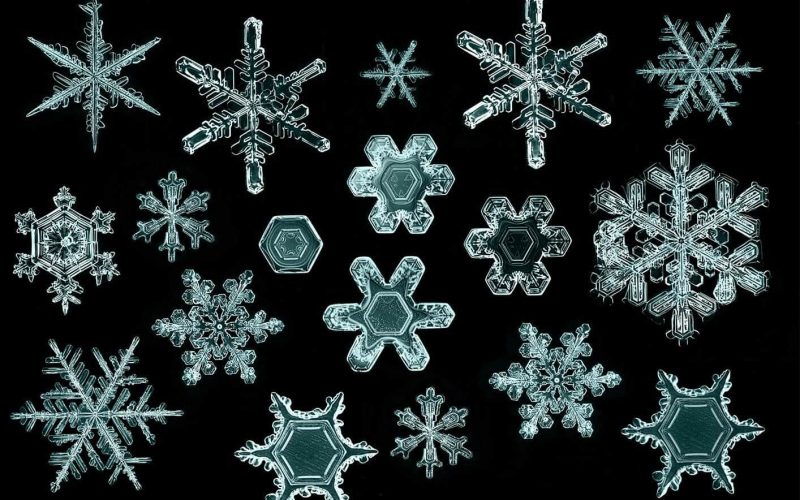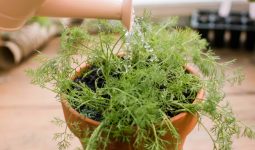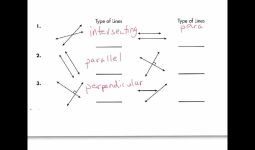Snow! It is popular among skiers, snowboarders, and youngsters; however, did you know there are different types of snow?
It may seem strange, but there are different types of snow, and skiers should be aware of them.
How your skis ride and how you handle yourself will be affected by the different types of snow. But let’s begin from the beginning.
Furthermore, as you may recall from your elementary school science classes, snow is just frozen water. In the true sense of the word, snow is a type of precipitation in the form of ice crystals.
Each year, it’s estimated that several trillion snowflakes fall down the earth. That’s one septillion, which is equivalent to almost one trillion.
You’ll undoubtedly find different sorts of snow between one winter weather event and the next.
Furthermore, What you get at the ground depends on moisture content, flake size, and weather conditions.
Let’s check them out, shall we?
1. Powder Snow
The most delectable snow on the planet is one of the different types of snow. Skiers and snowboarders worldwide will brag about their “sweetest powder day” or the most recent dump of the fluffy stuff.
It’s the freshly fallen snow on the mountainside, waiting for someone to come along and break it in for the day. It’s so smooth that carving two new planks ‘lines through it will make you feel like you’re on the moon.
Furthermore, It’s frequently packed in thick layers that cushion any crashes you choose to take! It’ll let you push yourself to stomp that new technique while maintaining your edge, and it’s the most forgiving. You’ll want to get some powder skiing in.
It would be best to remember that speed is the most critical factor. Also, you won’t be going anywhere in a hurry if you’re shredding at the rate of a 90-year-old counting the candles on a birthday cake, one of which has been added for comedic effect.
The powder will become the muck you despise as it eats you up! If you keep the speed up, you’ll be floating around like Neil Armstrong on a good day at work.
Even while powder is thick, magnificent, and sublime, it can obscure some boulders, crevasses, and tree stumps, so while it’s fun to be careless, don’t go overboard.
2. Crud
This is commonly referred to as the following step after powder. When a growing number of people ride over powder, the snow becomes compacted in some areas and piled in others, resulting in an uneven surface with slick spots and large chunks of powder.
It’s not enjoyable to bike in snow, but it’s snow, so we can’t complain too much. Because it’s uneven and lumpy, that doesn’t mean you can’t have as much fun as you would on a smooth surface! Feel free to use every dip and ditch as a neat little kicker and shower your friends with the excess snow.
One helpful technique for riding on crud is keeping your eyes on the road ahead.
3. Compact Snow
Again, I believe most of you are aware of this. When old snow accumulation has been walked on, driven on, skied on, and so on, compact snow. Individual crystals and snowflakes become unidentifiable, resulting in dense snow.
Furthermore, Compact snow is one of the most hazardous types on driveways, walks, and stairs because it quickly turns to ice. You should use an ice-melting product to melt this snow as soon as possible and eliminate the risk of damage.
4. Crust
The name is self-explanatory. When the sun and wind melt the top layer of powder, the cold freezes it back into a solid. You have a crust.
If the crust is soft, you’ll be able to break through it and ride the powder beneath it, but if it’s tough, you’ll ride the cold treat no one wants to ride. Furthermore, the crust may be spotty.
You’ll be riding through soft crust when your shins collide with a frozen piece of hard crust, leaving you in excruciating pain and wailing for your mother.
Also, Crust necessitates a more aggressive riding style, so be sure to leap turns or pull your knees up in the turns, and you should be fine.
5. Packed Powder
The kind of compacted wet snow that turns into hard snow. You slip and slide, and you’re in for a bumpy ride if you fall. However, packed powder snow retains some suppleness when shrunk, resulting in a softer fall.
6. Granular (Graupel) Snow
Granular snow, also known as Graupel, goes by various names, one of the most common of which is soft hail. These are made from supercooled water droplets (-32 degrees), and unlike hailstones, they are highly delicate and break readily if touched.
However, as it falls through freezing temperatures, graupel may accumulate water, quickly turning into hail. Riming is a term used to describe a process that includes more than just hail.
In reality, rime ice poses a significant threat to planes flying over freezing clouds.
7. Wet Snow
Wet snow is snow that begins to melt before reaching the ground. It is one of the different types of snow. A good accumulation of wet snow will turn the scene into a winter wonderland.
Also, wet snowfall conditions are ideal for manufacturing snowballs, which the kids will enjoy. However, if you are utilizing the roads or pathways, they will rapidly become a hazard if they are not cleared.
8. Slush
To cut a long story short, slush is snow that has begun to melt and has grown wetter. It isn’t pleasant or attractive, but it isn’t the end of the world.
If you go on a late-season vacation around Easter, you’ll almost certainly come across slush. Wet snow is heavier than light snow, so make sure you nail the smooth carving turns, and your energy will last the entire day. Oh, and be aware that you will get wet; after all, it is slush!
9. Spring Snow
When there is a lot of moisture in the air, early spring sees some of the most epic blizzards. The March 1993 blizzard and the early February 2010 snowstorm are two well-known examples of extreme spring snow. Warming temperatures produce rapid melting after spring snowstorms, resulting in flooding.








